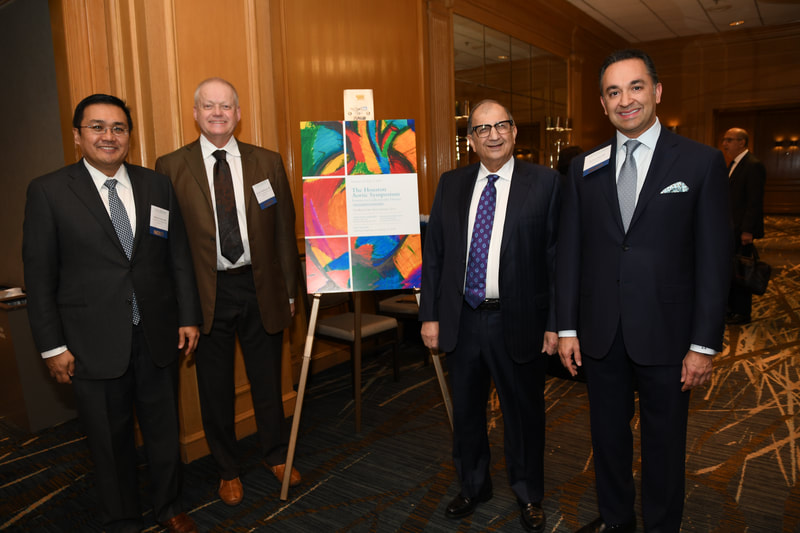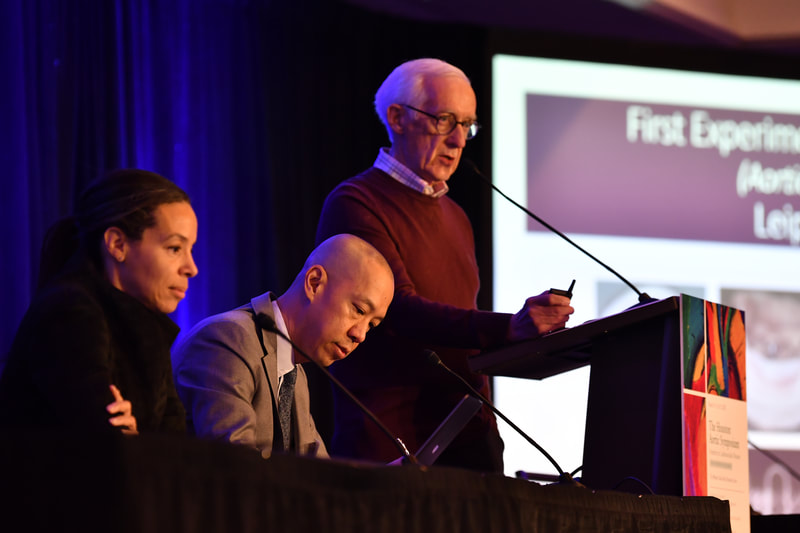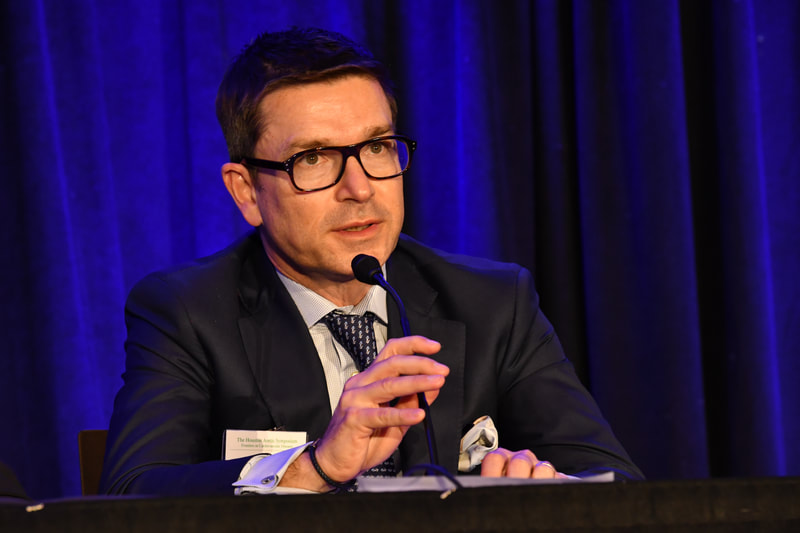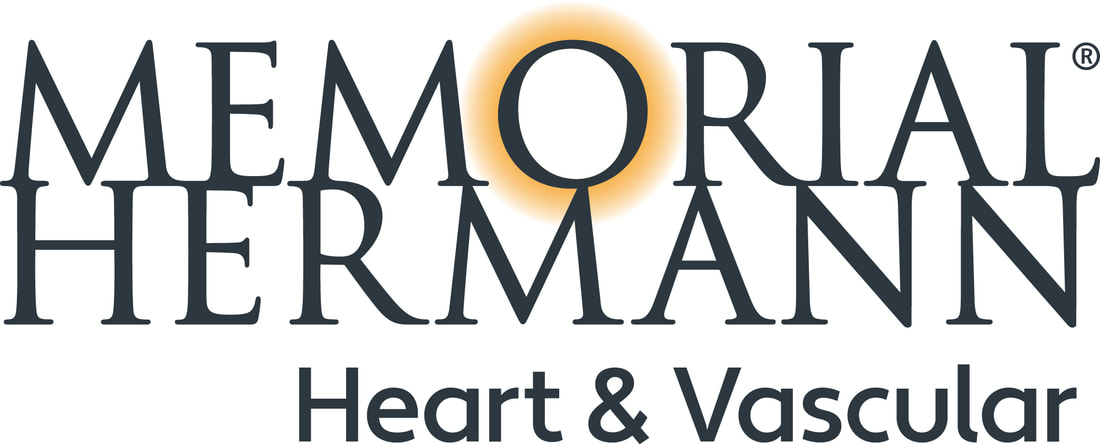Save the date!
The Houston Aortic Symposium
Frontiers in Cardiovascular Diseases, the Seventeenth in the Series
March 6, 7 & 8, 2025
Program Description
The Houston Aortic Symposium will present and discuss diagnosis and treatment paradigms for aortic and structural heart diseases, including medical, endovascular, surgical, and hybrid options. The Symposium Chairmen and Program Directors will design the 2025 scientific program by consulting current peer-reviewed literature, national data and guidelines, accredited education needs assessment surveys, and evaluation outcomes from previous symposia in the series.
Program Location
The Westin Oaks
5011 Westheimer
Houston, TX 77056
5011 Westheimer
Houston, TX 77056
Target Audience
This symposium is designed for vascular surgeons, cardiothoracic surgeons, interventional radiologists, cardiologists, anesthesiologists, physician assistants, nurse practitioners, perfusionists, and other health care professionals involved in the care and treatment of patients with aortic diseases.









